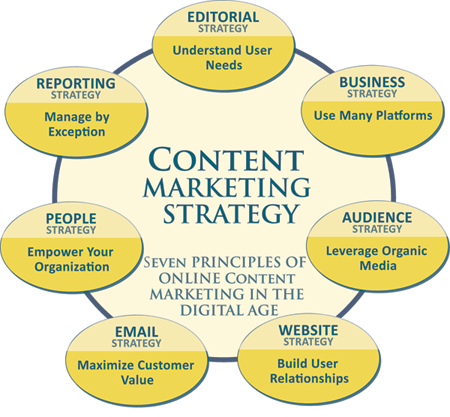Introduction

In the fast-paced world of business, a well-crafted marketing plan serves as a guiding light to steer your brand towards success. A brilliant marketing plan outlines your goals, strategies, and tactics, ensuring a cohesive and effective approach to reaching your target audience and achieving your business objectives. In this article, we’ll dive into the essential steps to create a marketing plan that shines and drives results.
1. Set Clear Goals and Objectives
Begin by defining your marketing goals. Are you aiming to increase brand awareness, boost sales, or launch a new product? Your objectives should be specific, measurable, achievable, relevant, and time-bound (SMART).
2. Know Your Target Audience
Understand your ideal customer persona. Research their demographics, behaviors, preferences, and pain points. This knowledge helps tailor your marketing efforts to resonate with your audience.
3. Analyze the Market
Conduct a thorough analysis of the market landscape, including competitors, industry trends, and consumer behaviors. This insight helps you identify opportunities and potential challenges.
4. Develop Your Unique Selling Proposition (USP)
Define what sets your brand apart from competitors. Your USP communicates why customers should choose your products or services over others.
5. Choose Marketing Channels
Select the most appropriate marketing channels to reach your target audience effectively. Consider a mix of online platforms, social media, email marketing, content marketing, and traditional methods like print and events.
6. Create a Content Strategy
Content is a powerful tool for engaging and educating your audience. Develop a content strategy that aligns with your goals and resonates with your target customers.
7. Allocate Budget and Resources
Determine how much you can invest in your marketing efforts. Allocate your budget to various marketing activities, ensuring each channel receives appropriate resources.
8. Define Marketing Tactics
Detail the specific tactics you’ll employ for each chosen channel. For instance, if you’re focusing on social media, outline the types of posts, frequency, and engagement strategies.
9. Set a Timeline
Create a timeline that outlines the start and end dates for each marketing activity. Having a schedule helps you stay organized and ensures timely execution.
10. Implement Tracking and Analytics
Set up tracking mechanisms to monitor the performance of your marketing efforts. Use analytics tools to measure key metrics and assess the success of your strategies.
11. Flexibility and Adaptability
The marketing landscape is dynamic. Be prepared to adjust your plan based on real-time data, customer feedback, and changing market conditions.
12. Regular Evaluation and Optimization
Periodically review your marketing plan’s performance. Identify what’s working well and where adjustments are needed. Use this information to optimize your strategies for better results.
13. Communication and Collaboration
Ensure your marketing team is aligned with the plan’s goals and strategies. Regular communication and collaboration enhance the plan’s implementation.
Conclusion
Creating a brilliant marketing plan requires careful consideration, research, and a clear understanding of your goals and audience. By following these steps, you’ll craft a comprehensive roadmap that guides your marketing efforts toward success. Remember, a well-executed marketing plan not only drives results but also provides a solid foundation for adapting to the ever-changing landscape of the business world.